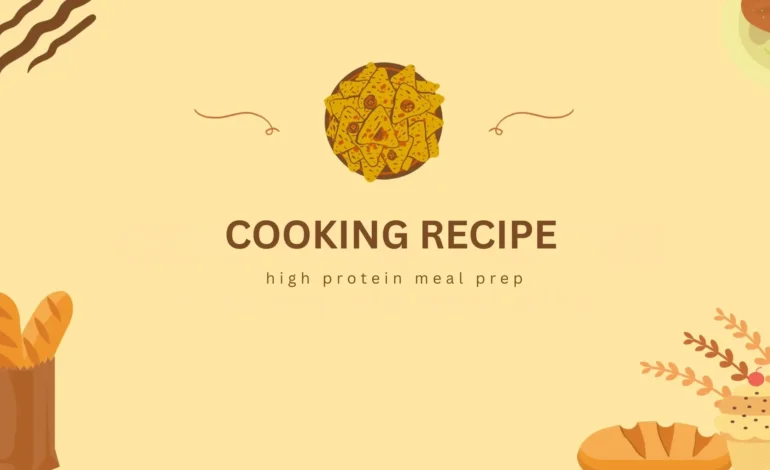Introduction Intermittent fasting is gaining recognition as a natural way to manage inflammation. More specifically, low-frequency intermittent fasting helps fight inflammation by allowing the body to reset, repair, and reduce stress on metabolic systems. Chronic inflammation is a major cause of many health issues, including cardiovascular diseases, diabetes, autoimmune disorders, and neurodegenerative conditions like Alzheimer’s. So it is essential to fight inflammation to keep your body fit and healthy. Unlike daily or alternate-day fasting, low-frequency intermittent fasting offers a balanced way to gain fasting’s benefits without the difficulties of strict daily fasting. What Is Low-Frequency Intermittent Fasting? Understanding Intermittent Fasting Intermittent fasting (IF) is an eating pattern that cycles between periods of eating and fasting. In previous studies, intermittent fasting was just a dieting pattern to reduce body weight. But now, IF has been linked to numerous health benefits, including weight loss, improved metabolism, better brain function, and reduced inflammation. Inflammation is the main cause of chronic diseases. The most common forms of intermittent fasting include: Defining Low-Frequency Intermittent Fasting Low-frequency intermittent fasting refers to fasting only once or twice a week rather than daily or on alternating days. This method provides the benefits of fasting without any stress or difficulty which you face in general intermittent fasting. By fasting less frequently, individuals still experience significant metabolic and anti-inflammatory benefits while maintaining a more flexible eating schedule. This makes it an excellent approach for those who want the benefits of fasting without fully committing to a strict routine. How Low-Frequency Intermittent Fasting Helps Fight Inflammation Reduces Oxidative Stress and Inflammatory Markers Oxidative stress occurs when there is an imbalance between free radicals and antioxidants in the body, leading to cellular damage and inflammation. Studies show that intermittent fasting helps lower oxidative stress by improving antioxidant enzyme activity. Also, it reduces the production of inflammatory markers. It reduces oxidative stress, optimizing circadian rhythms, and ketogenesis, which promotes mitochondrial health, DNA repair, and autophagy, and is effective in improving health. Enhances Autophagy and Cellular Repair Autophagy is the body’s natural mechanism of removing damaged cells and replacing them with new, healthy cells. Fasting triggers autophagy, which helps clear out dysfunctional proteins and cellular debris that contribute to chronic inflammation. This process helps to lower the risks of conditions such as cancer, neurodegenerative diseases, and cardiovascular issues. Supports Gut Health and Reduces Gut Inflammation The gut microbiome plays an important role in regulating inflammation. Frequent eating, especially processed and high-sugar foods, can lead to gut dysbiosis—an imbalance in gut bacteria that promotes inflammation. Low-frequency intermittent fasting gives the gut a break, allowing it to heal and improving the growth of beneficial bacteria that help control inflammatory responses. Regulates Blood Sugar and Reduces Insulin Resistance In the American Heart Association’s Scientific Sessions on Saturday, 13 November 2021, the results found that intermittent fasting causes declines in metabolic syndrome score (MSS) and insulin resistance. In finding higher levels of galectin-3 in patients who fasted, these results provide an interesting mechanism potentially involved in helping reduce the risk of heart failure and diabetes. Chronic high blood sugar levels and insulin resistance are major contributors to systemic inflammation. When the body tries to maintain body glucose levels, it leads to inflammatory responses that contribute to conditions such as diabetes and metabolic syndrome. Fasting increases insulin sensitivity, leading to more stable blood sugar levels and reduced inflammation. Balances Hormones and Reduces Stress Cortisol is the body’s stress hormone. While it is essential for various bodily functions, chronically elevated cortisol levels can promote inflammation and weight gain. Low-frequency intermittent fasting can help regulate cortisol levels also prevent stress-related inflammation. Benefits of Low-Frequency Intermittent Fasting More Sustainable Than Daily Fasting Unlike strict fasting schedules, fasting only once or twice a week is more straightforward to add to a busy lifestyle. It allows individuals to maintain social interactions and flexibility in their diet while still enjoying significant health benefits. Recent research shows that with a high frequency of meals, there are more chances of diseases than the lower frequency of meals. Hence fasting is positive for your health. Aids in Weight Management Fasting naturally reduces calorie intake and improves fat metabolism. Reducing inflammation and balancing hunger-related hormones such as ghrelin and leptin helps individuals maintain a healthy weight. During fasting our body starts to utilize its stored fat. So weight is reduced magically. Improves Mental Clarity and Cognitive Function Fasting has been linked to improved brain function, memory retention, and neuroprotection. By reducing inflammation in the brain and promoting the release of brain-derived neurotrophic factor (BDNF), fasting can enhance mental clarity and reduce the risk of neurodegenerative diseases. Strengthens the Immune System Fasting helps rejuvenate the immune system by reducing inflammation, enhancing autophagy, and promoting the regeneration of white blood cells. This can improve resistance to infections and reduce the risk of chronic inflammatory diseases. How to Implement Low-Frequency Intermittent Fasting Choosing a Fasting Protocol Staying Hydrated During fasting periods, drink plenty of fluids such as water, herbal tea, and black coffee to stay hydrated and reduce hunger pangs. Eating Nutrient-Dense Foods After a Fast When breaking a fast, consume whole, nutrient-rich foods such as lean proteins, healthy fats, fibre-rich vegetables, and fermented foods to maximize health benefits and minimize inflammation. Monitoring Your Body’s Response Pay attention to your body’s signals. If you experience excessive fatigue, dizziness, or other concerning symptoms, adjust your fasting schedule accordingly or consult a healthcare professional. Frequently Asked Questions Can low-frequency intermittent fasting help with autoimmune diseases? Yes, research suggests that fasting may reduce inflammation and improve symptoms of autoimmune conditions such as rheumatoid arthritis, lupus, and multiple sclerosis. Is it safe for everyone to try low-frequency intermittent fasting? Most healthy adults can try intermittent fasting. However, individuals with diabetes, those who are pregnant, and those with a history of eating disorders should consult a doctor before starting. What can I consume while fasting? Water, herbal teas, black coffee, and other non-caloric beverages are generally allowed and can help manage hunger during fasting periods. Will fasting
Read More





